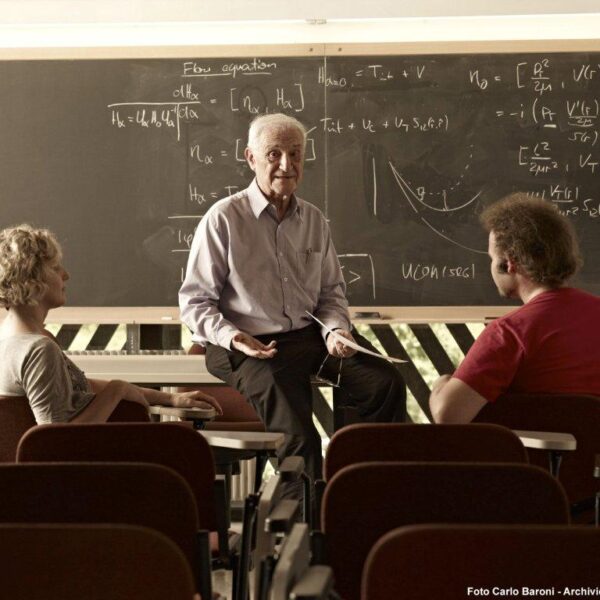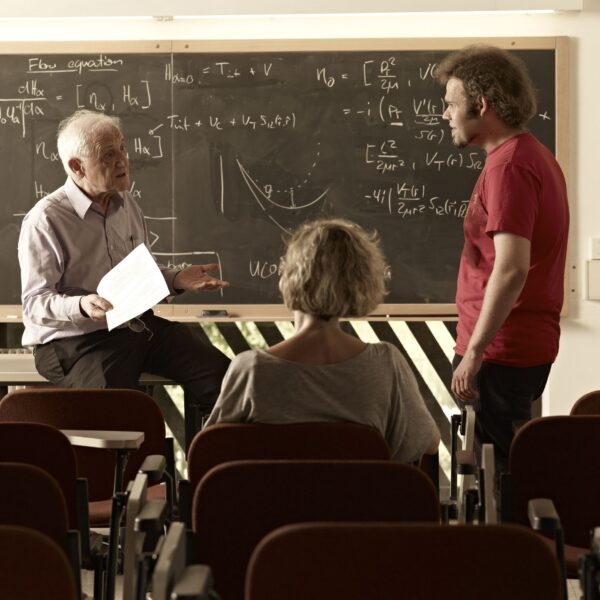Past Seminars
-
A sufficient criterion for a possibility of the spatial collapse effect in an infinite system of Bose particles is established on the basis of the variational principle with the use of Jastrow correlation factors in the wave function. It is demonstrated, that the two-particle scattering length has no relation to a criterion of possibility for the spatial collapse to take place, on the contrary to the statement based on the Gross-Pitaevskii equation. Using the obtained sufficient criterion, we show that in hypothetical nuclear matter, if it consisted of α- particles, spatial collapse would take place under the assumption of any αα-interaction potential from the known set of Ali-Bodmer ones.More info
-
Within a three-particle model (α + N + N), structure characteristics of 6He and 6Li halo nuclei are studied. Within a four-particle model (α + α + N + N), the structure functions of 10Be and 10С nuclei are analyzed and compared with those of 6He and 6Li.More info
-
Primordial neutrinos from the Big Bang are about 100 times more prevalent than solar neutrinos, and at least two-thirds of them are now non-relativistic. These relic neutrinos, which have never been detected, decoupled in the early universe predominantly in helicity eigenstates. As this talk will discuss, their subsequent propagation through gravitational inhomogeneities and even background gravitational radiation, as well as cosmic and galactic magnetic fields partially flips their helicities, and can produce noticeable effects in their eventual detection.More info
-
A main goal of the experimental program at the Large Hadron Collider is the study of the quark-gluon plasma (QGP), a new phase of nuclear matter that exists at high temperature or density, and in which the quarks and gluons are deconfined.More info
-
Tyler's talk will show how by combining robust theoretical and observational input we can see evidence for the transition between hadronic and quark matter along the stable neutron-star sequence, indicating that neutron stars indeed probe the transition region of dense QCDMore info
-
The Lagrangian that defines quantum chromodynamics (QCD), the strong interaction piece of the Standard Model, appears very simple.More info
-
One of the greatest challenges in contemporary physics is presented by the emergence of a nuclear-size mass-scale in NatureMore info
-
In this talk, the motivation for and recent outcomes of the experimental hunt for the macroscopic footprints of quantum spin in the relativistic heavy-ion collisions will be presented and the theoretical challenges connected with formulating its collective description will be discussed.More info

